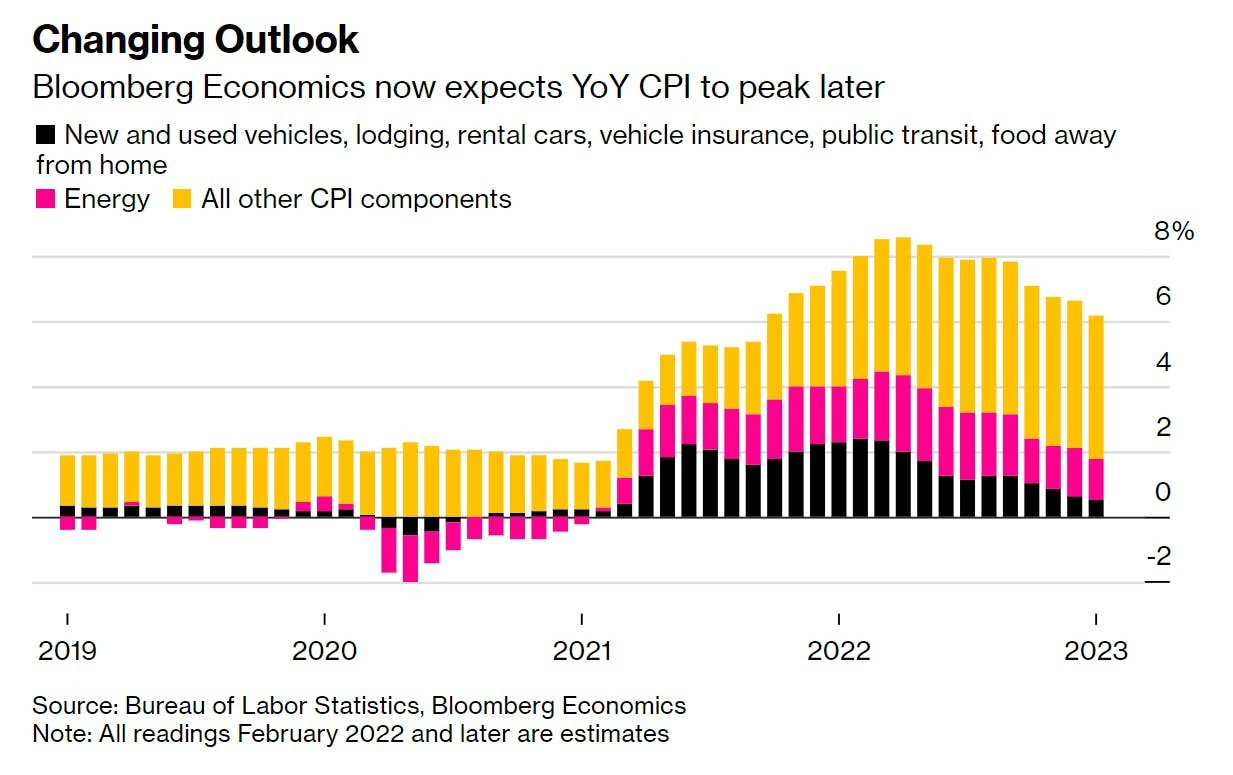2022 Theme: High US Inflation Finally Becomes Sticky
The latest US inflation was published Thursday and, like a late and particularly unwelcome winter snowstorm, confirmed what everyone already knows:
Snow is less romantic to those who have to shovel it and elevated inflation very rapidly shifts from an academic talking point mentioned in obscure financial newsletters to an every day worry for regular people.
Inflation, like inconvenient mounds of the white stuff, is hard to ignore and, in the US, it is beginning to dominate public discourse and political campaigns.
*******
The basic facts of the data are:
The consumer price index for February rose 7.9% from a year ago, this is the highest level going back to January 1982.
More terribly still, worker paychecks fell further behind, as inflation-adjusted earnings dropped 0.8% in February, contributing to a 2.6% decline over the past year.
Those higher wages you keep hearing about may be real but they are also not keeping up with the bigger picture.
The higher inflation wasn't all energy and food related either. Core inflation also rose to 6.4% which is also the highest since the early 1980s.
The new and more interesting aspect of the US inflation issue at this point is:
The idea that inflation will "peak" in 2022 - an analysis we have generally agreed with in the past - continues to get pushed out (see the excellent Bloomberg chart below).
For the first time, the "stickier" portions of US inflation have begun to rise. These are generally prices like wages or rents that struggle to come back down easily like food or energy.
For those interested, the Atlanta branch of Fed keeps a great index of sticky vs non-sticky inflation. See here.
And for our previous work, here is the post where we broke down some aspects of which sticky prices are taking off.
In the present however, if we take a step back, both of these factors are ominous.
The key reason is that global central banks - including the Federal Reserve - will be very concerned about these data.
War or no war, they will likely feel like they must raise interest rates to try and combat the "no-longer-transitory-inflation that is starting to become truly permanent"
What does this all mean?
It means the Fed is hiking next week. It also means the chance for a recession - a global recession - is rising rapidly. The risk is that they are either unable to thread the needle between protecting growth and curtailing inflation.
We will return to the sticky portion of the inflation equation in a later edition but for now we will look at some of the new "transitory" factors sending US (and global) inflation skyrocketing.
*******
Have questions? Care to find out more? Feel free to reach out at contact@pebble.finance or join our Slack community to meet more like-minded individuals and see what we are talking about today. All are welcome.

